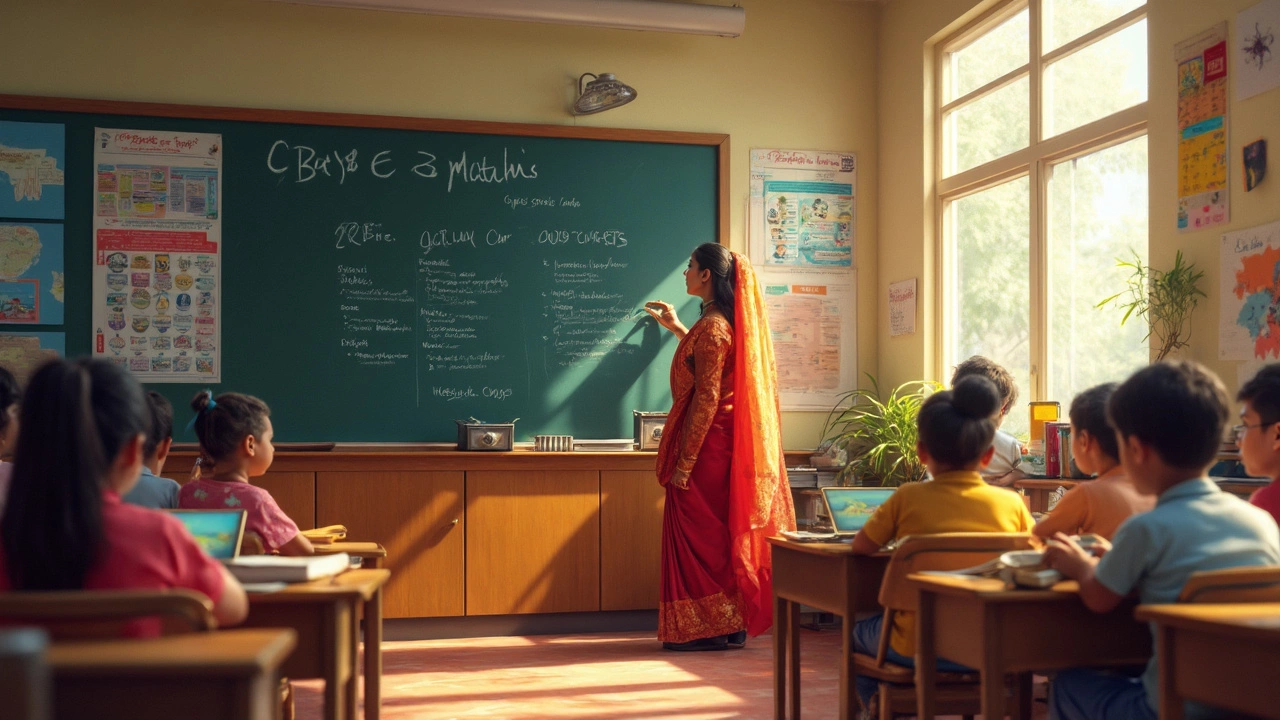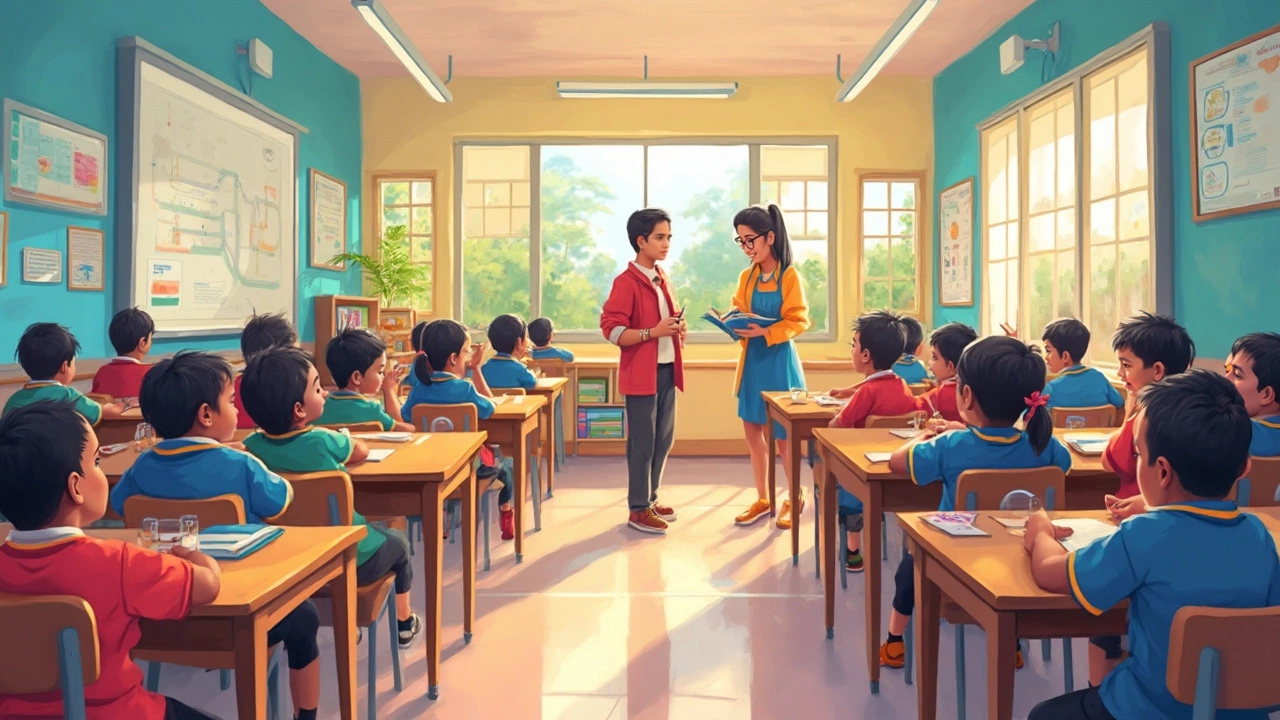School Curriculum: What Parents in India Need to Know
Did you know that more than half of Indian families change the school board before the 10th grade? That’s because the right curriculum can shape a kid’s confidence, college chances, and even future earnings.
In India, the word “curriculum” usually means the set of subjects, textbooks, and assessment rules a school follows. The biggest players are CBSE, ICSE, the International Baccalaureate (IB), and the many state boards. Each one has its own style, exam pattern, and focus areas.
What’s in a school curriculum?
CBSE (Central Board of Secondary Education) sticks to a national framework. It emphasizes math, science, and a concise syllabus that’s easy for competitive exams like JEE and NEET. If your child aims for engineering or medicine, CBSE’s straightforward approach can be a huge advantage.
ICSE (Indian Certificate of Secondary Education) is known for its depth. English and humanities get a big share, and the exams test analytical skills more than pure memorization. That makes ICSE a good fit for kids who enjoy reading, writing, and critical thinking.
The IB program is global‑oriented. It pushes students to think across subjects, do community projects, and write extended essays. IB’s assessment is a mix of internal grades and final exams, which prepares learners for universities abroad.
State boards follow the curriculum set by each state’s education department. They often incorporate regional languages and local history. While they may have a larger syllabus, they’re usually cheaper and closer to home.
Choosing the right curriculum for your child
Start with your child’s strengths and future plans. If they love numbers and want to crack JEE, CBSE’s maths and science focus will serve them well. If they thrive on reading and enjoy debates, ICSE’s broader language base could be a better match.
Consider the school’s teaching style. Some CBSE schools use rote methods, while others adopt modern, activity‑based learning. Visit classrooms, ask about lab facilities, and see how teachers handle questions.
Think about logistics. IB schools are often in metros and come with higher fees. State board schools can be more affordable for families in smaller towns.
Finally, talk to current parents and students. First‑hand experiences reveal how stress‑free the exam schedule is, how much homework is given, and whether the school supports extra‑curricular passions.
Remember, the curriculum is just one piece of the puzzle. A supportive home environment, good study habits, and regular practice matter just as much.
Whatever board you pick, keep an eye on the syllabus updates each year. Boards frequently tweak topics, especially in science and mathematics, to align with new exam patterns.
Choosing a school curriculum isn’t a one‑size‑fits‑all decision, but with clear goals and a bit of research, you can find the path that lets your child learn confidently and enjoy the journey.
Jun
9

- by Dhruv Ainsley
- 0 Comments
CBSE Syllabus in India: What It Really Covers
The CBSE syllabus in India sets the framework for what millions of students learn from nursery to grade 12. This article breaks down what the syllabus includes, how it gets updated, and why it matters so much for exams and overall learning. You'll find tips on how to keep track of changes, understand core subjects, and plan for exams. It's your go-to guide for making sense of the CBSE curriculum, whether you're a student or a parent.
Apr
16

- by Dhruv Ainsley
- 0 Comments
Is the British or CBSE Curriculum the Better Choice?
Choosing between the British and CBSE curriculum can be tough for parents and students wanting the best education options. This article sheds light on the key differences, advantages, and considerations for both systems to help families make informed decisions. From teaching methods to global acceptance, we cover everything you need to know to choose the right path.